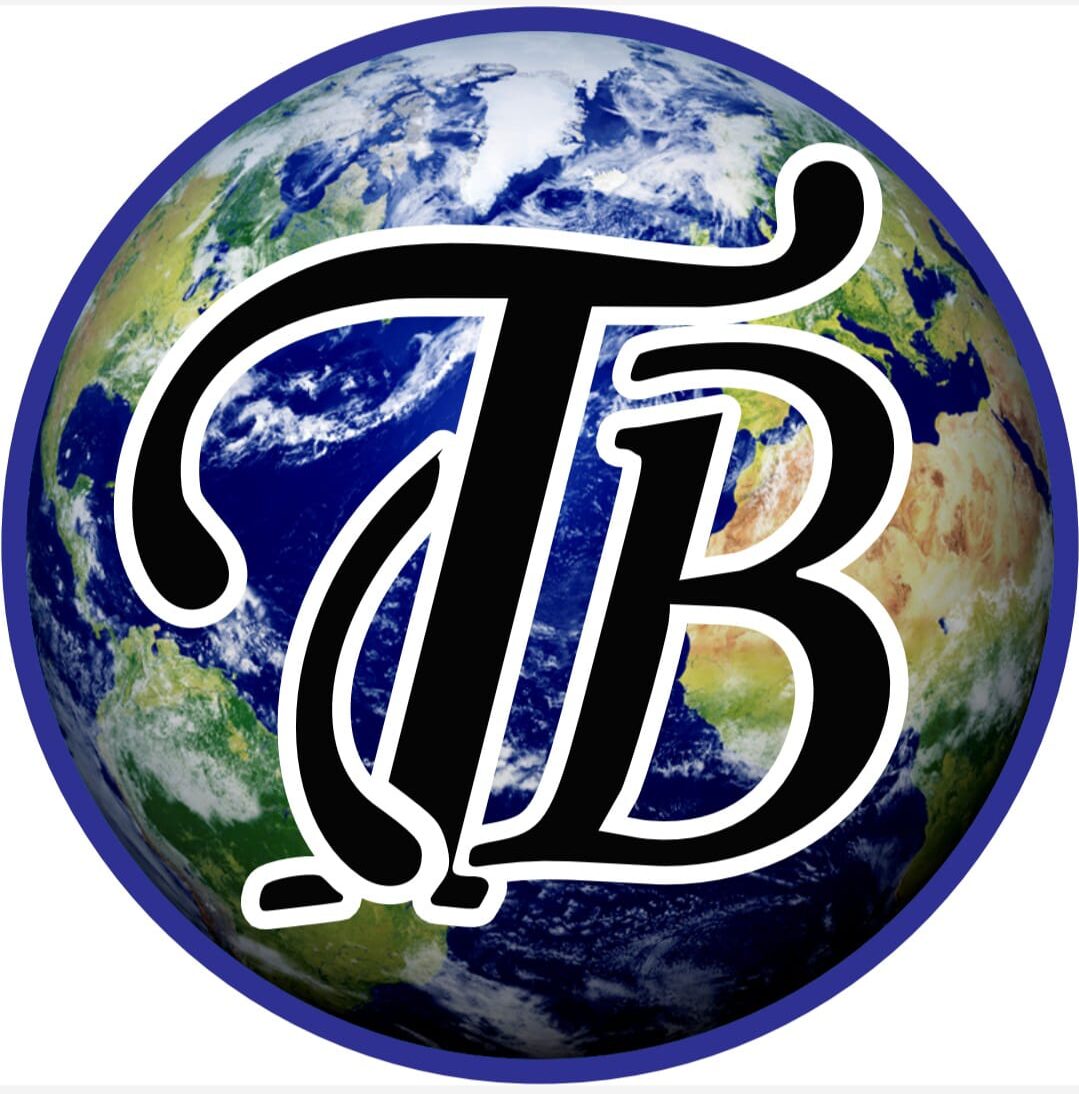Yarn Results Tensorapid and Tensojet
Yarn Results Tensorapid and Tensojet
The tensorapid and tensojet are two of the most used instruments in textile testing labs today. They provide an excellent opportunity to measure breaking force, elongation, rkm and many other key indicators of quality. Here are some key points regarding these measurements: Breaking Force is a measure of the strength of a strand at its point of failure. Elongation is a measure of how much tension was applied to a strand before it breaks. RKM is calculated from the difference between the measured and theoretical breaking force divided by breaking force multiplied by 100%. This gives us an indication as to whether or not there is any slippage between strands within our sample that would cause skewing in our results
The tensojet and tensorapid are two of the most used instruments in textile testing labs today.
The tensorapid and tensojet are two of the most used instruments in textile testing labs today. These instruments measure warp, weft, and fill yarns, as well as fabrics on a loom. They also test for colorfastness, washability, shrinkage and other properties that affect your finished product.
These tools allow you to test yarns at any point during their production cycle from raw material through production phase to finished goods before they go into stores or onto consumers’ hands!
They provide an excellent opportunity to measure breaking force, elongation, rkm and many other key indicators of quality.
A tensorapid and tensojet yarn test provides an excellent opportunity to measure breaking force, elongation, rkm and many other key indicators of quality.
The tensorapid machine has a minimum diameter of 10mm and a maximum tension of 10N/cm2. The tensojet machine has a maximum tension between 200N/cm2 and 300N/cm2.
Here are some key points regarding these measurements
- The breaking force measures the amount of force needed to cause a strand to break at its failure point, quantified in pounds per inch (lbs/in).
- Certainly!
- Elongation represents the tension before a strand breaks.
- It’s quantifiable in percentage or actual length.
- Accurate measurement starts from 5% or more on each side after wrapping.
- With multiple wraps, measure from halfway through each wrap separately for precision.
What is breaking force in yarn
Breaking Force is a measure of the strength of a strand at its point of failure.
Breaking Force is a measure of the strength of a strand at its point of failure. It is calculated using the formula:
breaking force = (density x length) / 2.2
What is elongation in yarn
The measure of elongation indicates the amount of tension applied to a strand before its breakage, quantified in percentage terms. This metric serves as an indicator of yarn quality. Elongation serves multiple purposes: it helps identify over-stretched strands prone to breaking, defines the yarn type, and guides the frequency of testing required for a new batch before releasing it for production.
What is RKM in yarn
The calculation of RKM involves subtracting the theoretical breaking force from the measured breaking force, dividing that difference by the breaking force, and then multiplying the result by 100%. This gives us an indication as to whether or not there is any slippage between strands within our sample that would cause skewing in our results.
Classimate Yarn Testing Report
Three categories break down the report.
- Sample Attributes – This section includes information about the yarn, including its length and diameter. It also lists any defects or damage detected during testing.
- This section provides information about the force required to break a length of yarn (fiber diameter) and includes other relevant details like tensile strength and elongation at breakage points.
- Visualization Tools – This area provides an overview of all results from your test run and allows users to analyze them in more detail by clicking on various features within each analysis category listed above.[
